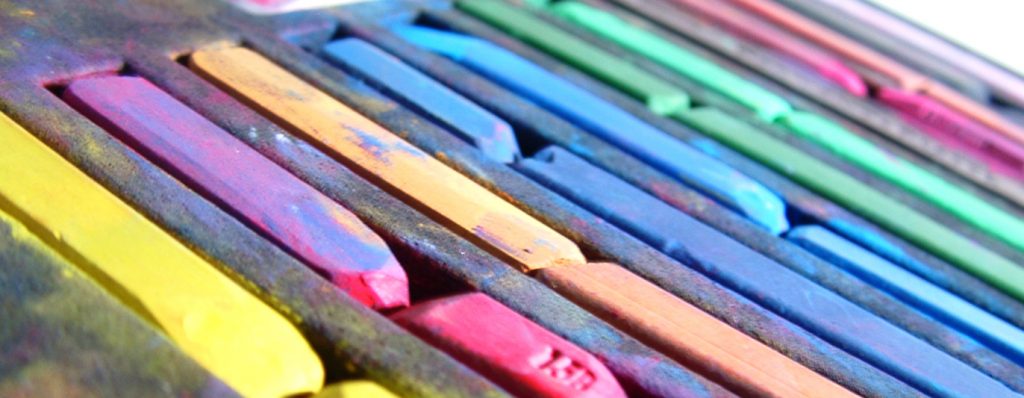
Transporting & Framing Pastel Artwork
There are some special steps to consider when caring for, transporting and framing pastel artwork that can help prevent migration of pastel dust as well as better ensure the artwork’s longevity.
About Pastel Artwork & Transportation:
Chalk pastel applies to paper as a dust like substance and unlike paint, does not dry and form a hard surface. All Pet Art pastel pieces are sprayed with fixative. Fixative helps to adhere pastel dust to the page, but is not 100% foolproof. The surface of a pastel drawing cannot stand physical contact, which can remove dust off of the paper. Pastel is also easily smudged and is not moisture proof. Pastel artwork should be protected from jarring and should avoid being laid or carried in a face-down position; both of these actions can cause some pastel dust to dislodge from the surface.
For delivery, pastel pieces are always covered with a sheet of acid-free transparent paper, isolating it from its plastic sleeve and other packing material for protection. It is recommended that you leave the pastel piece in its sleeve, with the cover sheet, until you are ready to frame. While transporting, make sure to have it secured, with the artwork facing up.
Framing Pastel Artwork:
A professional framer is recommended. The framer should not lay a ruler, mat or frame samples on top of the pastel. Handle extremely gently if working with the piece face down.
Pastel artwork should be protected under glass. Do not use Plexiglas or acrylic because it can build up a static charge when cleaned. This may draw particles off the paper and create a fine mist of dust inside the frame.
In order to keep the protective glass from touching the pastel surface, the glass needs to be offset with spacers. Usually this is done by placing foam core or other material around the artwork, under the mat.
You should choose a frame that is deep enough to contain the artwork, backing board, mat, foam core offsets and glass sheet. When securing the painting into frame, lean painting vertically so loose pastel dust will not fall on glass. Frame in the following layers, from top to bottom:
- Frame with moulding deep enough to support the layers of materials selected
- UV filtering glass (do not use plexiglas or acrylic sheeting)
- Acid-free mats cut with reverse bevels, which prevents dust from showing on the beveled edges
- Acid-free foam core offsets to create space between the glass and the artwork
- The pastel piece itself (which should been carefully mounted to the backing board
- Acid-free protective backing board
- Dustcover (usually a brown/black craft paper) to seal out dust and insects
Make sure not to use hammer-in style bumpers on the back of the frame as their application can shake loose pastel dust. When transporting your newly framed pastel, rest it on its back so driving vibrations will not cause dust to be dislodged.
NEVER hang original artwork in a location where it will receive strong light or direct sunlight. It will fade irreparably!
